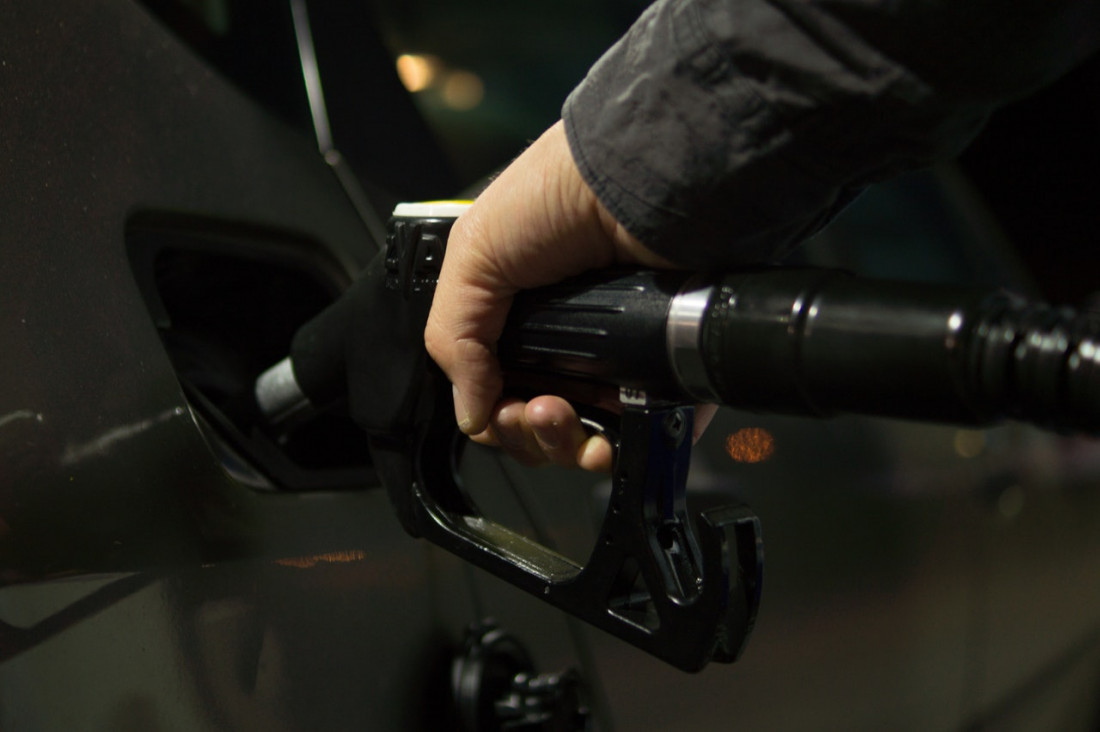Many years from now, we may look back and laugh at how we transported ourselves from A to B in our fossil fuelled vehicles. We may also look back to a day in 2016, when fossil fuel use ended its monopoly. For on March 11th 2016, “United Airlines made history by becoming the first U.S. airline to begin use of commercial-scale volumes of sustainable aviation biofuel for regularly scheduled flights with the departure of United Flight 708 from Los Angeles International Airport.”
The United Airlines press release continues its proud declaration, stating that, “United has agreed to purchase up to 15 million gallons of sustainable biofuel from AltAir Paramount over a three-year period. The airline has begun using the biofuel in its daily operations at LAX, storing and delivering it in the same way as traditional fuel.”
Whilst for now the arrangement has only, “…dedicated use of AltAir Paramount renewable fuel for two weeks…” The news is certainly groundbreaking and may be the start of the long awaited ‘biofuel revolution’.
Alongside the biofuel flight, United Airlines has also invested $30 million in Fulcrum Bioenergy Inc. and, according to manufacturing.net, it hopes it will, “begin receiving fuel from Fulcrum BioEnergy Inc. in 2018 and could be taking 90 million gallons a year by 2021.”
Others are more sceptical of the impact of the Airlines’ biofueled flights, and highlight the fact that, “That’s enough fuel for 20,000 flights a year but just a drop in United’s fuel bucket. The nation’s second-biggest airline burned 3.9 billion gallons last year, including United Express flights.”
So why are United and other airlines not using more biofuel? Why did we wait until 2016 to make biofuel commercial flights happen?
Professor Bell of the University of California, Berkeley, explained why when he recently spoke to the BBC. In the interview he outlined some of the many problems facing developers of biofuels for aircraft, listing some of the strict requirements of aviation fuel as follows.
“The first one [requirement] is that there must be no oxygen content, the reason being that any oxygen you put in decreases the energy density and as space on an aircraft is at a premium, and you’d like to pack in as much energy in the form of burnable fuel as possible.
Second, the fuel must have the right boiling point distribution, and then it has to have properties called lubricity, which means it does not cause excessive wear of the turbine components.
It also has to have a very low pour point, which means the temperature at which the fuel becomes gelatinous and therefore no longer flows. When you are up in the stratosphere, temperatures around the aircraft are around -40C (-40F) or -50C, so you do not want your fuel gelling up on you.”
So does this mean that biofuelled commercial aviation is just a temporary gimmick? Is it all just a United Airlines ‘pie in the sky’ publicity stunt?
When speaking to Forbes magazine, Ross Macfarlane, Senior Advisor for Business Partnerships for the nonprofit Climate Solutions, was more upbeat about the press release. He believes that biofuelled commercial flights are a real possibility for the future. He said, “Five, six years ago it was still a question of whether there were viable alternatives to fossil-based fuels that people could safely fly on that could be viably developed. [Today] Those questions have been answered. It’s not a question of if you can do it, the issue now is really about scale and sustainability.”
Today, the blending of biofuels with fossil fuels is common practice for many uses, for example, the US Navy is already buying “military-specification diesel fuel and jet fuel that are blended with biofuels.”
But the fact that the United flight was a solely biofuel powered journey, utilising industrial quantities of biofuel for a major airline, has started other large fuel consuming industries to question their dependence on fossil fuels. Now shipping companies and the chemical industry are waking up to the idea of large scale biofuel consumption as both a cheaper and more sustainable option.
While for most uses the environmental argument for biofuel use has been won, the economic debate is still unclear, and may be for some time whilst oil prices continue their uncertain path.
Whatever happens, the switch will not happen overnight. Chemical processing plants and aeroplane engines take years to plan, test and construct, so United will not be replacing all their engines tomorrow. The growing of sufficient crop to make United’s 3.9 billion gallons of fuel will also take some time, if it is in fact feasible.
But with the groundbreaking journey and the aviation industry’s giant leap towards biofuel flight, was March11th 2016 the day that the biofuel revolution began?

